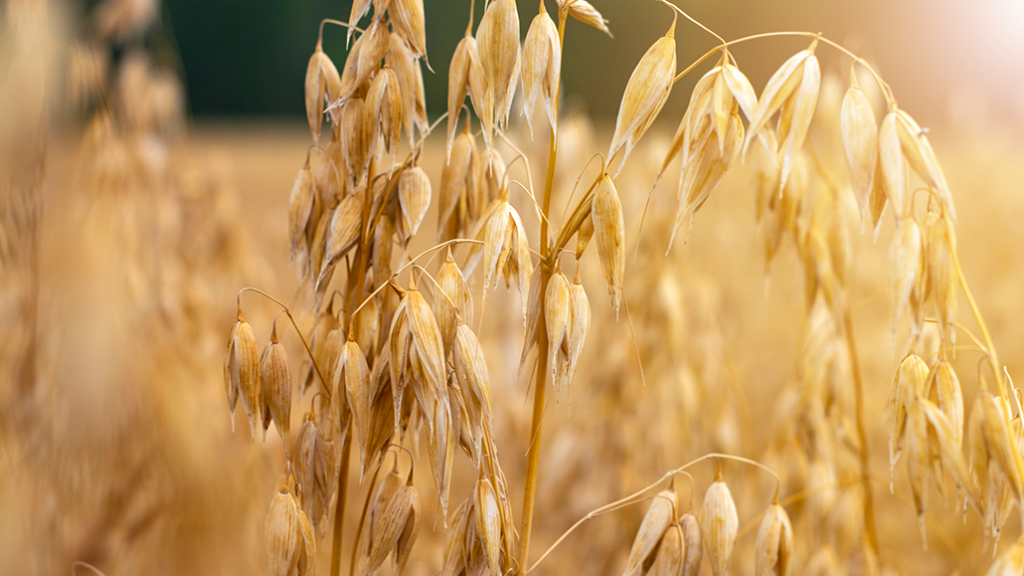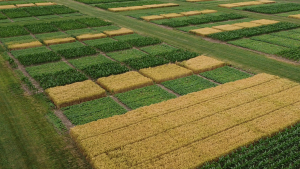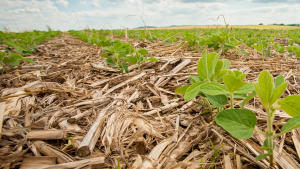Controlling wild oats
SPRING WHEAT AND BARLEY

WILD OAT IS an annual grassy weed generally associated with Western Canada. Until recently, it wasn’t even on the radar in Ontario. But as the province’s farmers adopt rotations that include spring cereals, resistance issues have started to arise, particularly in Group 1 herbicides, but now Group 2s as well.
A Grain Farmers of Ontario funded research project, led by University of Guelph crop science professor Dr. Francois Tardif, aims to identify which herbicides will provide the best control of wild oats with minimal crop damage. Collected data should aid in the registration of new wild oats products.
The project faced challenges even before it got off the ground. In 2020, the plan to conduct field experiments on individual farms where wild oats were prevalent could not be fulfilled due to Covid restrictions. This year, Tardif conducted field tests at Elora and Woodstock research stations where 12 herbicide treatments were compared to an untreated using tame oats as surrogates. Data on phytotoxicity (crop injury) and oats control was collected, and wheat and barley yields recorded.
“While this has limitations, it allowed us to observe how the different herbicides performed and to ascertain their effects on the crops,” says Tardif.
“There are some products out there that seem promising in terms of controlling wild oats, but they could be too injurious to the wheat or the barley,” he adds.
It is too early to share any concrete results, but he is optimistic that he will be able to offer solutions for farmers soon.
PRELIMINARY RESEARCH
Preliminary results show some level of control with pre-emergent herbicides such as Avadex, Focus, and Fierce. But that control was not sustained throughout the growing season, says Tardif. Adding post-emergent herbicide to Avadex definitely seemed to improve control, but, again, it is too early to know for certain. Avadex is not a great solution, says Tardif, as it creates extra work for farmers since it needs to be applied pre-emergence and then incorporated.
“There are some solutions out there, but they all come with some drawbacks,” says Tardif.
Grain yield was significantly different among treatments in wheat and barley at two trials out of four. Reduced yields were due to a combination of crop injury and less than adequate weed control. It appears barley exhibited more signs of injury than wheat did. More data will be necessary to determine what level of crop injury is acceptable, he says.
For the resistance part of the experiment, Tardif and his team used wild oat samples sent in by farmers. They were tested for Group 1 herbicide resistance in a growth room between January and March 2021.
Of the five samples of suspected herbicide resistant wild oats received in the fall of 2020, all showed resistance to Group 1 herbicides. An additional 21 samples, some of which had been received in previous years, tested positive for resistance to Group 2 herbicides. Tardif says this was surprising.
“In the past, we had documented isolated cases of resistance in Ontario, but it’s never been on the radar as a major issue,” said Tardif. •

























